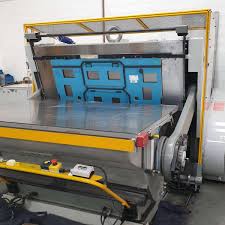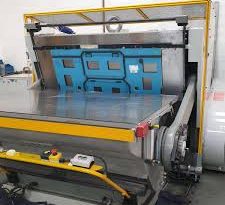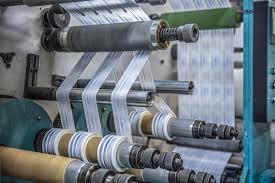Navigating the Challenges of Die-Cutting in Complex Material Applications
Die-cutting is renowned for its precision and versatility, making it a preferred method for shaping and customizing a wide range of materials in various industries. However, as manufacturers push the boundaries of innovation, die-cutting complex materials presents unique challenges. This article delves into the intricacies of die-cutting applications involving complex materials, discussing strategies to overcome obstacles and ensure high-quality outcomes.
Understanding Complex Materials
Complex materials, including composites, reinforced fabrics, and multi-layered structures, offer enhanced properties for specific applications but introduce difficulties in die-cutting. Their varied densities, thicknesses, and compositions require precise control and adjustments during the die-cutting process to prevent material damage and maintain accuracy.
Challenges in Die-Cutting Complex Materials
- Material Integrity: Maintaining the structural integrity of complex materials during die-cutting is crucial. Incorrect die selection or machine settings can lead to fraying, delamination, or deformation.
- Tool Wear: Hard or abrasive materials can cause accelerated wear on cutting dies, affecting precision and necessitating frequent replacements.
- Cutting Precision: Achieving high precision in cuts is more challenging with materials that have inconsistent properties or are prone to shifting during the cutting process.
Strategies for Effective Die-Cutting of Complex Materials
- Die and Machine Selection: Choosing the right type of die (e.g., rotary, flatbed) and a machine with appropriate force and precision capabilities is critical for complex materials.
- Material Handling Techniques: Implementing specialized material handling systems, such as vacuum hold-downs or tension control mechanisms, can stabilize materials during the cutting process.
- Tool Maintenance and Optimization: Regular maintenance of cutting dies and the use of wear-resistant materials extend tool life and maintain cutting quality. Advanced coatings may also reduce friction and wear.
- Process Parameter Adjustment: Fine-tuning process parameters, including cutting force, speed, and die clearance, according to material properties, ensures clean cuts and minimizes material stress.
Leveraging Technology for Complex Material Die-Cutting
Advancements in technology offer solutions to some of the challenges posed by complex materials. Digital die-cutting, for example, allows for greater flexibility and precision without the need for physical dies, making it suitable for short runs and prototypes. Additionally, integrating sensors and AI can optimize cutting parameters in real-time, adapting to material variances and enhancing cut quality.



